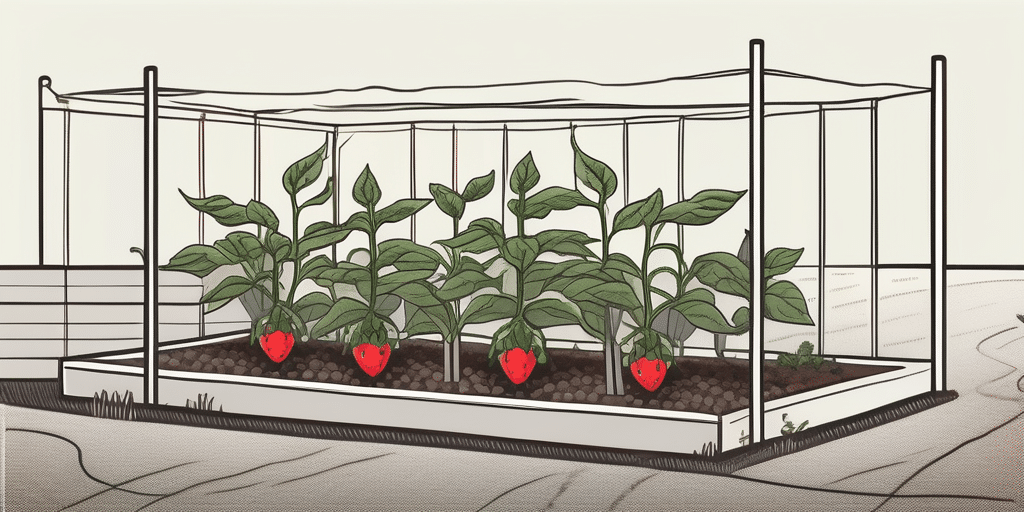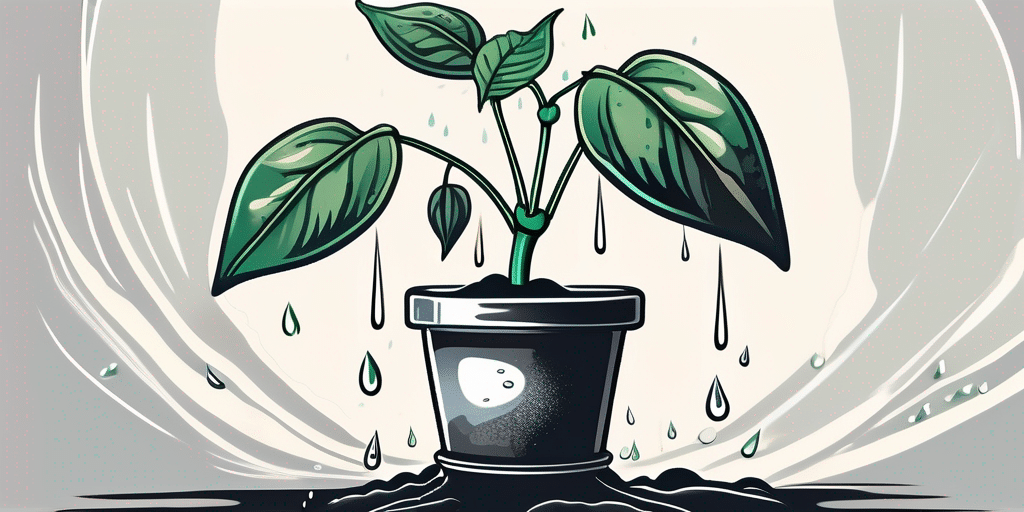Growing flamingo peppers can be a rewarding experience, especially when you see those vibrant, pinkish-red fruits hanging from the plant. But to get the best yield, you need to know how to fertilize these beauties properly. Fertilization is a crucial step in pepper cultivation, and it’s one that can significantly affect the health and productivity of your plants.
Understanding Flamingo Peppers
Before we dive into the fertilization process, it’s essential to understand what flamingo peppers are. Flamingo peppers, also known as Capsicum annuum ‘Flamingo’, are a type of sweet pepper that’s known for its unique, flamingo-pink color. They’re a favorite among gardeners not just for their color, but also for their sweet, mild flavor.
Flamingo peppers are warm-season plants that require full sun and well-drained soil to thrive. They’re relatively easy to grow, but like all plants, they have specific nutritional needs that must be met for them to reach their full potential.
Importance of Fertilization
Fertilization is a key aspect of plant care that ensures your plants get the nutrients they need to grow and produce fruit. For flamingo peppers, the right balance of nutrients can lead to healthier plants and a better yield.
According to the USDA, peppers require a good amount of nitrogen, phosphorus, and potassium – the three primary nutrients in most fertilizers. They also need secondary and micronutrients like calcium, magnesium, and sulfur, which are just as crucial for their growth and development.
Choosing the Right Fertilizer
When it comes to fertilizing flamingo peppers, not just any fertilizer will do. You need to choose one that’s specifically formulated for peppers or vegetables in general.
A balanced fertilizer, such as a 10-10-10 or 14-14-14, can work well for flamingo peppers. These numbers represent the percentages of nitrogen (N), phosphorus (P), and potassium (K), respectively. So, a 10-10-10 fertilizer contains 10% each of nitrogen, phosphorus, and potassium.
Organic vs. Synthetic Fertilizers
When choosing a fertilizer, you’ll also need to decide between organic and synthetic options. Organic fertilizers, like compost or manure, are made from natural materials and are often considered more environmentally friendly. They release nutrients slowly, providing a steady supply of nutrients over a longer period.
Synthetic fertilizers, on the other hand, are manufactured and can provide nutrients more quickly. However, they can also lead to nutrient runoff and other environmental issues if not used properly.
How to Fertilize Flamingo Peppers
Now that we’ve covered the basics, let’s get down to the nitty-gritty: how to fertilize your flamingo peppers. Here’s a step-by-step guide:
- Test your soil. Before you start fertilizing, it’s a good idea to test your soil to determine its nutrient levels and pH. This can help you choose the right fertilizer and know how much to apply.
- Choose your fertilizer. Based on your soil test results, choose a fertilizer that will provide the nutrients your peppers need.
- Apply the fertilizer. Follow the instructions on the fertilizer package for how much to apply. Generally, you’ll want to apply the fertilizer to the soil around the base of the plant, avoiding the leaves and stem.
- Water your plants. After applying the fertilizer, water your plants thoroughly. This will help the fertilizer dissolve and make the nutrients available to the plant.
- Repeat as necessary. Depending on the type of fertilizer you’re using, you may need to reapply every few weeks or months. Always follow the package instructions for best results.
Additional Tips for Growing Flamingo Peppers
While fertilization is crucial, it’s not the only factor that can affect the success of your flamingo peppers. Here are a few additional tips to help your plants thrive:
- Ensure your plants get plenty of sunlight. Flamingo peppers need at least 6-8 hours of full sun each day.
- Water your plants regularly. Peppers need a consistent supply of water, especially during dry periods. However, avoid overwatering as this can lead to root rot.
- Watch out for pests and diseases. Regularly check your plants for signs of pests or diseases, and take action as soon as you notice anything amiss.
- Practice crop rotation. Rotating your crops can help prevent soil-borne diseases and improve soil health.
With the right care and attention, your flamingo peppers can be a colorful and tasty addition to your garden. So, don’t be afraid to get your hands dirty and start fertilizing!
Join Our Gardening Community
Ready to take your flamingo pepper game to the next level? Subscribe for free to How to Grow Everything and unlock a world of expert gardening knowledge! Whether you’re a novice or a seasoned green thumb, our tailored advice will help you build the garden of your dreams. Receive personalized tips, special offers, and the best gardening deals straight to your inbox – all 100% free, from our family to yours. Don’t miss out on growing smarter and happier with us!






